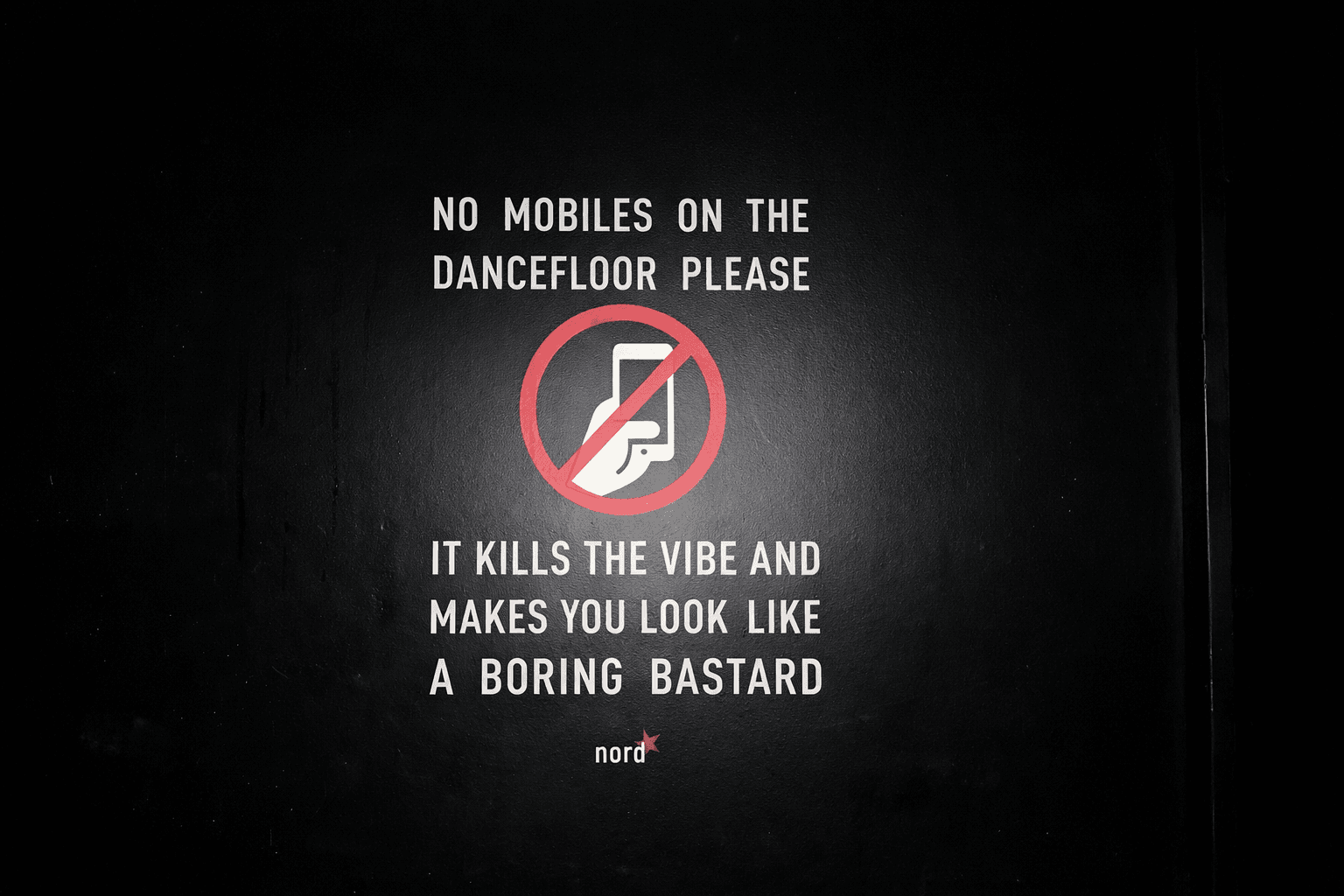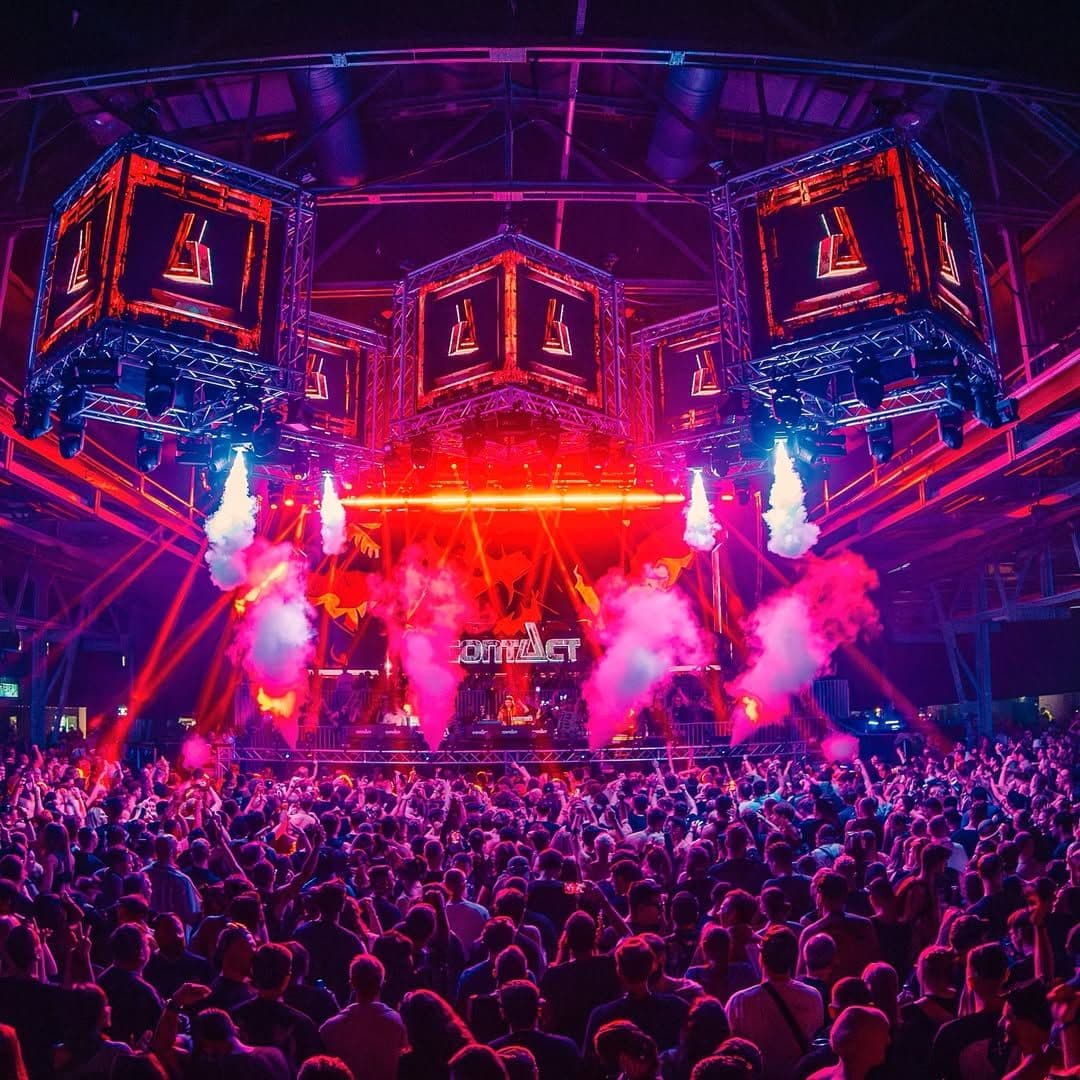Have you ever wondered why techno music feels so powerful? Why those deep rhythms seem to take over your body and mind? Whether it is the hypnotic repetition, the euphoric drops, or the driving pulse of the bass, techno does something unique to our brains. Scientists have started to uncover what happens when we listen, move, and lose ourselves to the beat.
It turns out that techno is not just entertainment. It can change how our brains function, improve our mood, and even bring people together in ways that go far beyond the dance floor.
The Rhythm That Moves Your Brain
One of the most fascinating things about techno music is its rhythm. According to research from the American Psychological Association, rhythmic sounds can synchronize brain waves, a process called neural entrainment. When this happens, the brain’s electrical activity begins to move in time with the beat of the music.
This means your mind literally starts to follow the rhythm. Fast-paced techno can make you feel alert and energetic, while slower or more atmospheric tracks can calm and relax you. Your thoughts, emotions, and energy levels begin to align with the tempo of the song.
Interestingly, scientists have found that this synchronization can even happen when we imagine rhythm. In a study published in Frontiers in Human Neuroscience, Okawa, Suefusa, and Tanaka (2017) discovered that people’s brain activity synchronized with imagined beats and meters, even without any sound. This shows how deeply rhythm perception is embedded in the brain. Our minds can actually hear and entrain to beats that are not even playing.
That is why a great DJ set feels so immersive. Your brain is not just hearing the sound. It is joining in, syncing with it, and becoming part of it.
When the Beat Takes Over: The Trance Effect
If you have ever lost track of time on the dance floor, you have experienced what scientists call a trance state. A study published in Neuropsychologia in 2019 found that prolonged exposure to highly rhythmic music changes how the brain processes sensory information.
In this experiment, researchers observed that continuous rhythmic music increases connectivity in the brain’s alpha frequency bands, leading to a state of deep focus and reduced sensitivity to external changes. In simple terms, when you dance or listen to repetitive beats for a long time, your brain shifts into a meditative or trance-like mode.
You start feeling less aware of your surroundings and more connected to the rhythm. This helps explain why long techno sets can feel hypnotic or even spiritual. The music does not just move your body, it reshapes your perception of time and space.
Dopamine and the Pleasure of the Drop
Few moments in music compare to the build-up and drop of a great techno track. That rush of energy, the chills, and the sense of release all have a scientific explanation.
Researchers at McGill University’s Montreal Neurological Institute discovered that music triggers the release of dopamine, the same neurotransmitter that gives pleasure from food, sex, or other rewarding experiences. Their brain imaging study revealed that even anticipation of a drop activates the brain’s reward system.
This means that when you feel that tension before the beat hits, your brain is already releasing dopamine in expectation of pleasure. When the drop finally lands, dopamine levels surge again, creating that euphoric rush that techno fans know so well.
Techno producers have mastered this dynamic. They build tension, delay gratification, and deliver resolution, keeping your brain’s reward system hooked in a cycle of anticipation and bliss.
The Social Brain: Connection Through Rhythm
Techno is not only about individual experience. It is also about connection. When you dance in rhythm with others, your brain releases oxytocin, often called the bonding hormone. This chemical increases feelings of trust, empathy, and togetherness.
Studies have shown that shared rhythmic experiences, such as group dancing, can synchronize heartbeats and even brainwave patterns among participants. That synchronization can create a powerful sense of unity.
In a rave or festival, this effect is magnified. People move together, breathe together, and often feel connected to something larger than themselves. This sense of community is one reason rave culture feels so meaningful for so many people. It shows how music can dissolve barriers and bring people closer, even without words.
Dancing to Techno Can Trigger Trance Without Drugs
One of the most compelling scientific insights into the techno experience comes from a field study conducted in a live club in Leipzig, Germany. Psychologists Thomas Schäfer and Patricia Kreuzburg wanted to know whether psychoactive drugs actually deepen trance experiences or if the music and dance alone can produce the same effects.
They surveyed 91 clubgoers after several hours of techno dancing. About half had taken drugs such as ecstasy or amphetamines, while the others had not. Using the Phenomenology of Consciousness Inventory, they measured how deeply participants experienced trance and euphoria.
The results were remarkable. Both groups, those who had taken drugs and those who had not, reached the same levels of ecstatic trance. Almost every participant reported feeling joyful, energized, and deeply connected.
This suggests that the rhythm, repetition, and physical movement of techno can naturally produce the same altered states of consciousness that many associate with drugs. In other words, the body and the music together are enough to trigger the high.
As Schäfer and Kreuzburg (2022) concluded, psychoactive substances are not necessary to experience ecstatic trance while dancing to electronic music. The beat alone can take you there.
Reference: Schäfer, T., & Kreuzburg, P. (2022). The effects of dancing to electronic music and the additional intake of psychoactive drugs on the experience of trance. European Journal of Psychology Open, 81(4), 127–137. https://doi.org/10.1024/2673-8627/a000033
More Than Music: Techno as Therapy
Because techno can naturally trigger deep emotional and physiological changes, it is now being studied for its potential therapeutic benefits.
Rhythmic movement and dance are known to reduce anxiety, improve mood, and help people process emotions. The structure of techno, with its steady beats and repetition, helps calm the nervous system and promote mindfulness.
Therapists and researchers are exploring how techno-inspired rhythmic sessions could support people with depression or stress. Dancing and moving to the beat can regulate breathing, lower tension, and help people feel grounded.
What was once seen only as party music is now recognized as a possible tool for healing and emotional growth.
Techno and Focus: The Productivity Connection
Many people also find that techno helps them concentrate. The steady rhythm and lack of lyrics create a stable background that supports focus.
Researchers at the University of Cambridge discovered that consistent rhythmic patterns in music can reduce distractions and help the brain enter a flow state. Because techno is repetitive and structured, it allows thoughts to move smoothly and helps work continue without interruption.
That is why so many professionals, students, and creatives use techno as a soundtrack for studying, coding, or writing. It keeps the mind engaged while leaving space for creativity.
Why Techno Hits Different
Techno is powerful because it connects every part of us. It stimulates the brain, lifts the mood, improves focus, and brings people together.
Its rhythms synchronize our brainwaves. Its drops trigger dopamine and pleasure. Its patterns help us concentrate. Its dance floors foster connection and community. And according to modern neuroscience, it can even induce trance and emotional release without any drugs at all.
Techno is more than just a sound. It is a full-body and full-mind experience that unites people through rhythm and emotion.
Conclusion: The Beat Within You
Techno music is more than a genre. It is a bridge between the brain, the body, and the community. Through rhythm and movement, it opens a pathway to joy, connection, and healing.
From dance floors to therapy sessions, techno proves that you do not need anything beyond sound and motion to experience deep emotional release. The next time you lose yourself in the beat, remember that your brain is not just hearing the music. It is part of it.
Sources
- American Psychological Association. (2013). Music and the brain.
- Okawa, H., Suefusa, K., & Tanaka, T. (2017). Neural entrainment to auditory imagery of rhythms. Frontiers in Human Neuroscience, 11, Article 493.
- Lanzilotti, C., Dumas, R., Grassi, M., & Schön, D. (2019). Prolonged exposure to highly rhythmic music affects brain dynamics and perception. Neuropsychologia, 129, 191–199.
- McGill University. (2011). Musical chills: Why they give us thrills. Nature Neuroscience.
- Schäfer, T., & Kreuzburg, P. (2022). The effects of dancing to electronic music and the additional intake of psychoactive drugs on the experience of trance. European Journal of Psychology Open, 81(4), 127–137.




